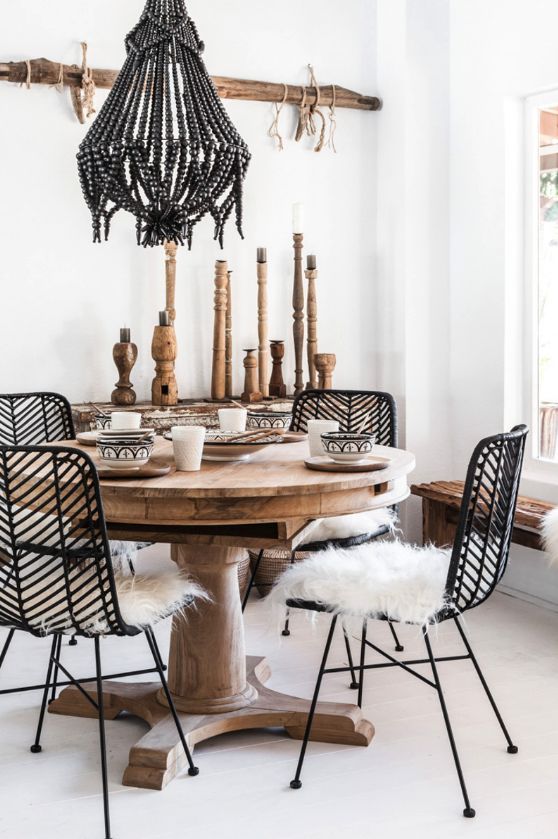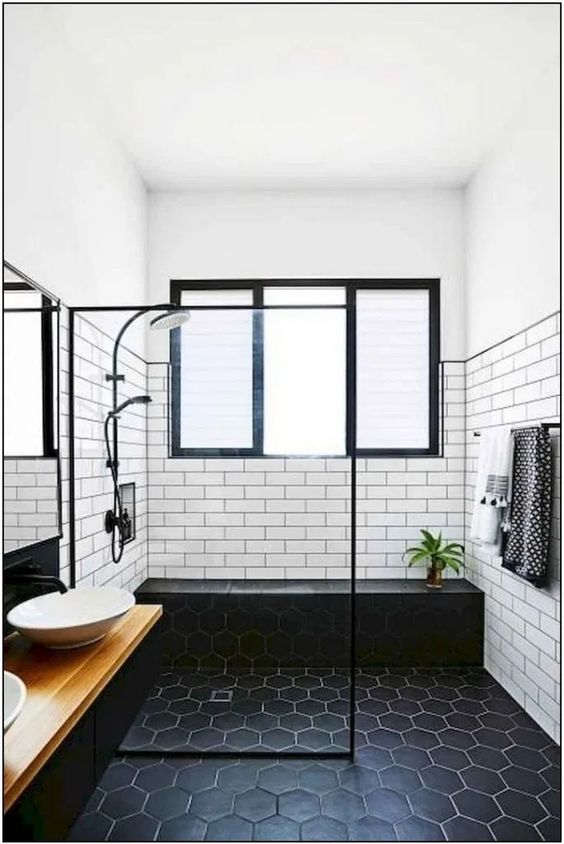There are plenty of small changes you can make to your home that will help you reduce your carbon footprint, save on utility bills, and create a healthier environment for yourself and your family.
If you’re looking for some worthwhile DIY projects to add to your to-do list, here are five eco-friendly home improvements you should try.

1. Seal Gaps and Cracks
One of the simplest and most cost-effective ways to improve your home’s energy efficiency is by sealing gaps in your insulation. Small openings can let in drafts, causing your heating and cooling systems to work harder, thus consuming more energy.
To get started, inspect areas around windows, doors, and any place where utilities enter your home. You can use caulk for small gaps and weatherstripping for moving parts like doors and windows.
Don’t forget to check your attic and basement, as these areas often have hidden gaps that can lead to significant energy loss.
2. Upgrade to LED Lighting
In the US, lighting accounts for about 6% of a home’s energy consumption every year. But that percentage can be much higher if you’re using inefficient lighting.
LED lights use up to 75% less energy than traditional incandescent bulbs and last up to 25 times longer. This means you’ll not only save on your electricity bill but also reduce the frequency of bulb replacements.
To further boost your savings, consider using smart bulbs or fixtures with dimming capabilities. These will help you to further control and reduce energy usage by adjusting the brightness according to your needs.
The upfront cost may be higher, but the long-term savings and environmental benefits make it worth the investment.
If you’re worried about your carbon footprint, it may also be a good idea to change energy providers.
As this website shows, there are tools out there that can help you compare providers, making it easier to find one that offers cheap electricity rates or sources more energy from renewable sources.
3. Install Low-Flow Fixtures
Installing low-flow fixtures in your bathrooms and kitchen can significantly reduce water usage without sacrificing performance.
Low-flow showerheads and faucets work by mixing air with water, maintaining pressure while using less water. This results in less overall water use year-round. It also helps you use less hot water during the winter, thus reducing your energy consumption.
If changing your fixtures sounds like a tall order for a DIY project, consider investing in low-flow nozzles for your faucets instead. Those achieve the same goal and are very easy to install.
4. Plant a Native Garden
Gardening is a wonderful way to connect with nature and enhance the beauty of your home. And planting native species will help you create a garden that is both eco-friendly and low-maintenance.
Native plants are adapted to your local climate and soil conditions, requiring less water, fertilizer, and pesticides than non-native species.
Native plants also provide essential habitats for local wildlife, including birds, bees, and butterflies, supporting biodiversity in your community.
5. Create a Rainwater Harvesting System
Rainwater harvesting is an excellent way to conserve water and reduce your reliance on municipal sources. You can use rainwater for various purposes, such as watering your garden, washing your car, or even flushing toilets.
To set up a basic system, install a rain barrel at the base of your downspout to collect runoff from your roof. Make sure your barrel has a screen to keep out debris and insects.
For a more advanced system, consider connecting multiple barrels or installing a larger cistern. You can also use a hose or drip irrigation system to distribute the collected water where it’s needed.






